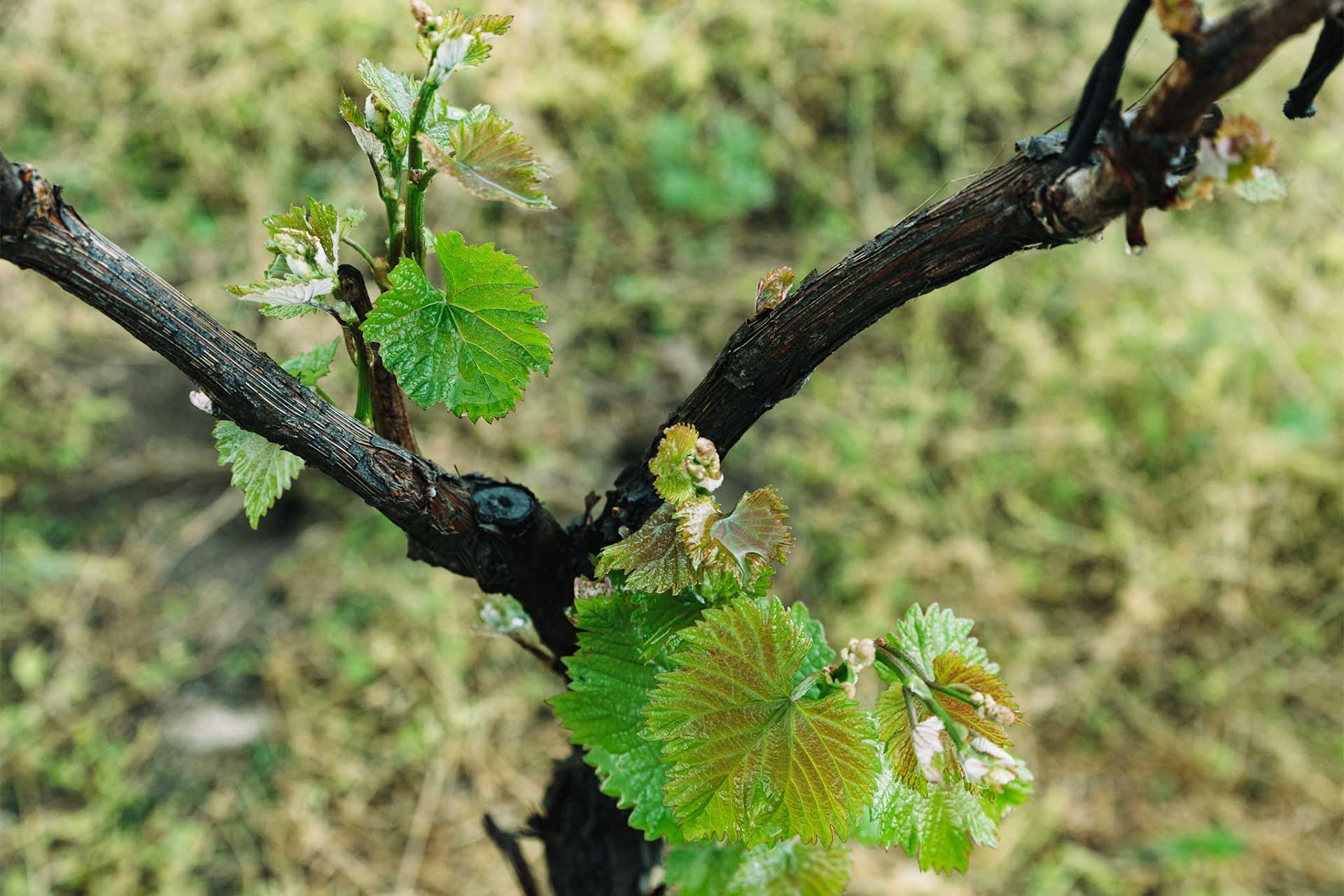Courtesy of Christy Canterbury, Master of Wines, Wines of Georgia: www.winesgeorgia.com
Georgians are famous for their ancient method of fermenting white grapes with their skins in buried clay Quevri vessels. They call them amber wines because "orange wine" could signify wines made from oranges.
There are many ardent admirers of amber wines, yet there are many more wine lovers who don't understand the category or haven't yet tried amber wines. Just like white and red wines, amber wines come in a broad spectrum of styles. To simplify things, here are three basic categories. Helpfully, Georgian wine back labels often describe the wine's vinification and style:
- Easy-going Amber: These are a great introduction to Amber wines. Many of these Amber wines are made with little or shorter skin contact in Qvevri-often hailing from central or western Georgia. This group also includes grapes fermented with skins in thermoregulated tank rather than in Qvevri. This category shows more fresh fruit flavors and lighter tannins with a moderate to medium body.
- Oaked Amber: This is a cross-over category where the wine is fermented and aged in Qvevri but then goes into oak barrels. The oak rounds out the tannins and adds suppleness to the palate.
- Full-on Amber: This category is best-suited to those familiar with Ambers. These definitely are wines for food. The tannins are as robust as any hearty red wine and technically often have higher levels of tannin! The wines are full bodied and often have higher alcohol to balance those tannins. The tannins are usually more prominent than the acidity. These wines tasted of dried fruits mixed with savory nuances.
The crucial starting point to understand is that Amber wines do not share a middle ground between white and red with rosé. Amber wines behave like reds, not rosés. Amber wines are fermented (mostly) with their skins, so they have moderate to high tannin levels. Rosé wines behave like whites because they're made like white wines-with very little skin contact-and have no to little tannin.
Because Amber wines have tannins, Georgians would never, ever serve Amber wines at rosé or white wine temperature. Generally, Amber wines should be served just slightly cooler than reds. Georgians are so specific about the best serving temperatures for their wines that they usually give a temperature range (in Celsius) on their back labels.
Another primary characteristic of Amber wines is that they are savory rather than fruit-driven in character. Amber wines, whatever the category above, tend to be food wines, not aperitivo wines.
Finally, Quevri Amber wines are typically bottled without fining and filtering, so they often contain sediment or look cloudy. Not all wine drinkers are accustomed to this, so it can help to explain that non-fined and non-filtered wines are thought by some to have more flavor and be more naturally handled.
Gaumarjos! Cheers!


